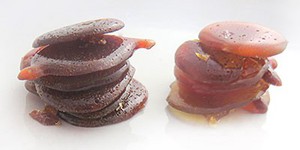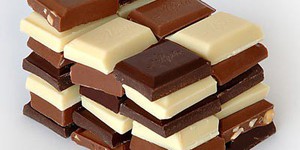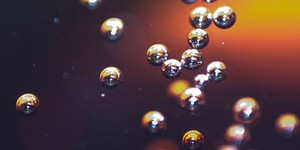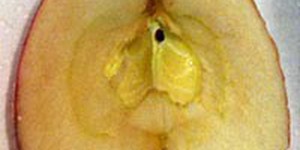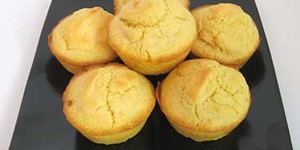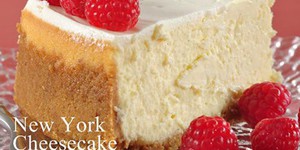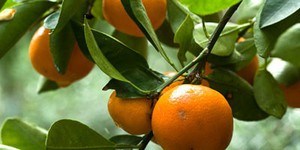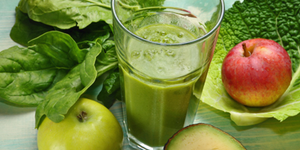Cooking & Food Science Science Projects (80 results)
Who doesn't love food? It's fun to make, it's fun to eat, it's fun to ...study? That's right! There is a lot of science that goes into the everyday foods that you love. Explore questions such as how baking ingredients work, how and why certain ingredients mix well together, and why people's tastes differ.
|
Select a resource
Sort by
|
Maple syrup is deliciously gooey and great on breakfast foods like pancakes and waffles. But it has another amazing property. It can be turned into maple candies with a range of textures, like sticky maple taffy or molded maple sugar candy. In this science fair project, you will investigate how the temperature that maple syrup is heated up to affects what type of maple syrup-based candies can be made.
Read more
Featured
Have you heard that garlic powder is supposed to inhibit the growth of bacteria? Which do you think would make a better disinfectant: a solution of garlic powder or a solution of bleach? This project shows you a straightforward way to compare the effectiveness of different disinfectants (or other antimicrobial agents), by measuring zones of inhibition on a culture plate.
Read more
Nut clusters, chocolate-dipped candies, and chocolate-dipped strawberries are just some of the delicious goodies that have a thin, rich layer of chocolate wrapped around them. But how do pastry and candy chefs make these delectable treats? The first step is to melt and temper chocolate. Tempering is a process in which the cocoa butter in chocolate is hardened into a specific crystalline pattern. When the cocoa butter molecules are in this pattern, the chocolate is shiny and breaks with a sharp…
Read more
Carbonated bevarages are quite popular in the United States (despite the health risks of drinking too much of the sugary ones). Many people love their bubbly, fizzy flavors. But how do the bubbles, fizz, and taste get into the water? In this cooking and food science project, you will work with baking soda, citric acid, and sweetener to create a your own soda pop. Once you develop your recipe, try it out on your friends and family. Who knows? You might create the next soda pop sensation!
Read more
Have you ever eaten half an apple and saved the other half for later, only to find that, by time you were ready to eat it, the apple did not look as tasty anymore? It may have turned brown and shriveled, and, if left out long enough, it may have spoiled. Do you think you could have prevented the other half from spoiling, or made it spoil less, if you had stored it differently, such as in the refrigerator in a food wrapping? In this cooking and food science project, you will investigate which…
Read more
If you like to bake, this could be a good science project for you! Have you ever wondered about the purpose of each of the ingredients in your favorite recipes? For example, why is baking powder used in some muffin recipes? How does the baking powder affect how the muffins look, feel, and taste? In this food science project you will use a scientific method to find out!
Read more
Since ancient times, nothing has said "special" and "dessert" quite like cheesecake! The Romans even sacrificed their form of cheesecake, called libum, in religious ceremonies. Modern cheesecakes are more likely to be eaten at parties and at restaurants than used as sacrificial offerings, but no matter how they're enjoyed, all cheesecakes require some finesse in their baking and mixing to avoid common cheesecake faults, like cracking, collapsing, or failure to rise. In this cooking and food…
Read more
Are oranges highest in vitamin C when they are fresh from the tree (or, in a pinch, the grocery shelf)? Does the amount of vitamin C in an orange change over time, after it has been picked? In this science project, you will find answers to these questions by measuring the amount of vitamin C in a solution using an iodine titration method.
Read more
Why are some fruits, like pineapple, not recommended for adding to gelatin? It is because the gelatin may not solidify well if it has these fruits in it. In this science project you will determine whether certain enzymes in some fruits are preventing gelatin from solidifying, and whether there is a way to still include these fruits without ruining your gelatin dessert. It is an experiment with edible results!
Read more
You're probably familiar with sauerkraut, a German dish of cabbage that is fermented in a brine made of its own juice and salt. Have you heard of another cabbage dish, called kimchi? Kimchi is a traditional fermented cabbage dish from Korea. Koreans eat kimchi year round, enjoying its spicy taste and the fact that it contains loads of vitamins B and C. In this cooking and food science fair project, you will make kimchi from scratch and investigate changes in pH and glucose as the kimchi…
Read more
Do you enjoy drinking smoothies packed full of berries and other tasty fruits? Or maybe you like drinking a creamy milkshake with peanut butter, chocolate, and bananas. Smoothies and milkshakes are often tasty to us because of the sugar in them. But did you know there are different kinds of sugar? Some ingredients in a smoothie can have more than one kind of sugar in them, and our bodies process each kind of sugar differently. In this science project, you will measure the concentration of…
Read more
|
Explore Our Science Videos
Light-Tracking Bristlebot Instructions | Science Project
DIY Mini Drone Part 6: Motion Control
How to Make Magnetic Slime


